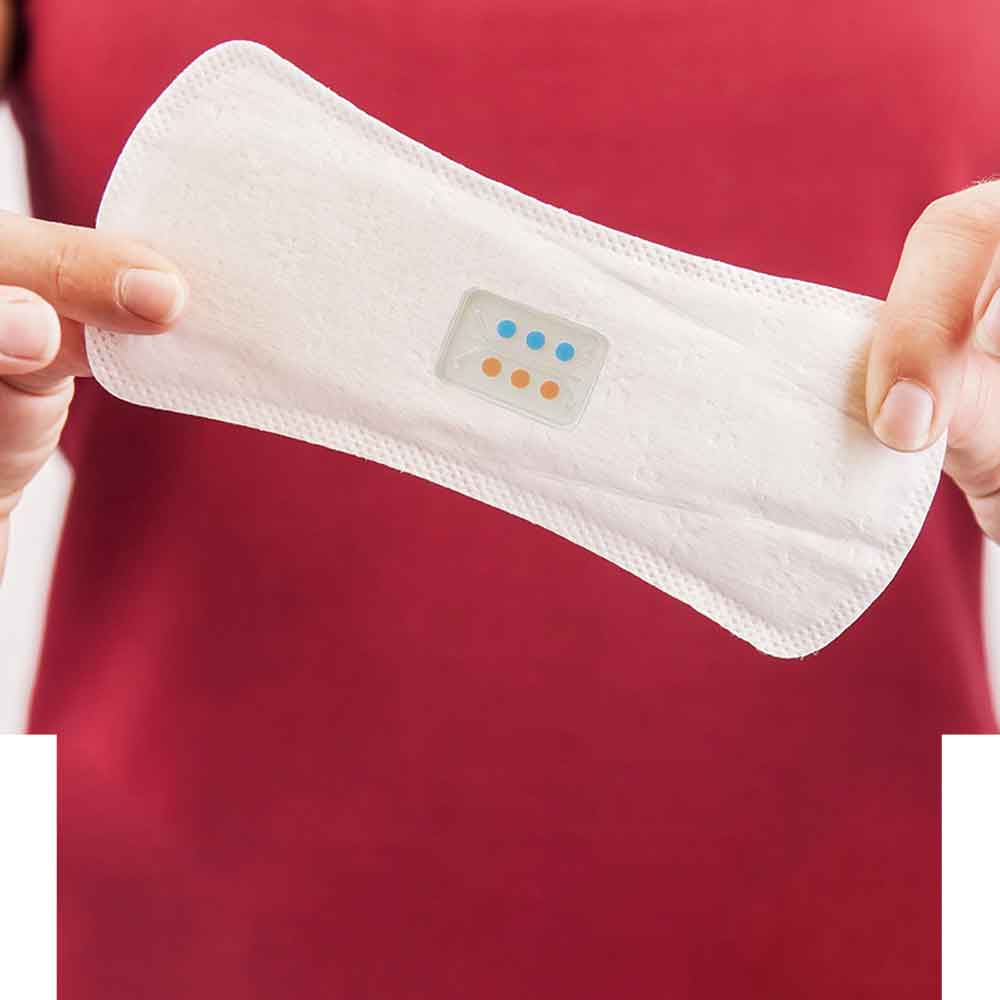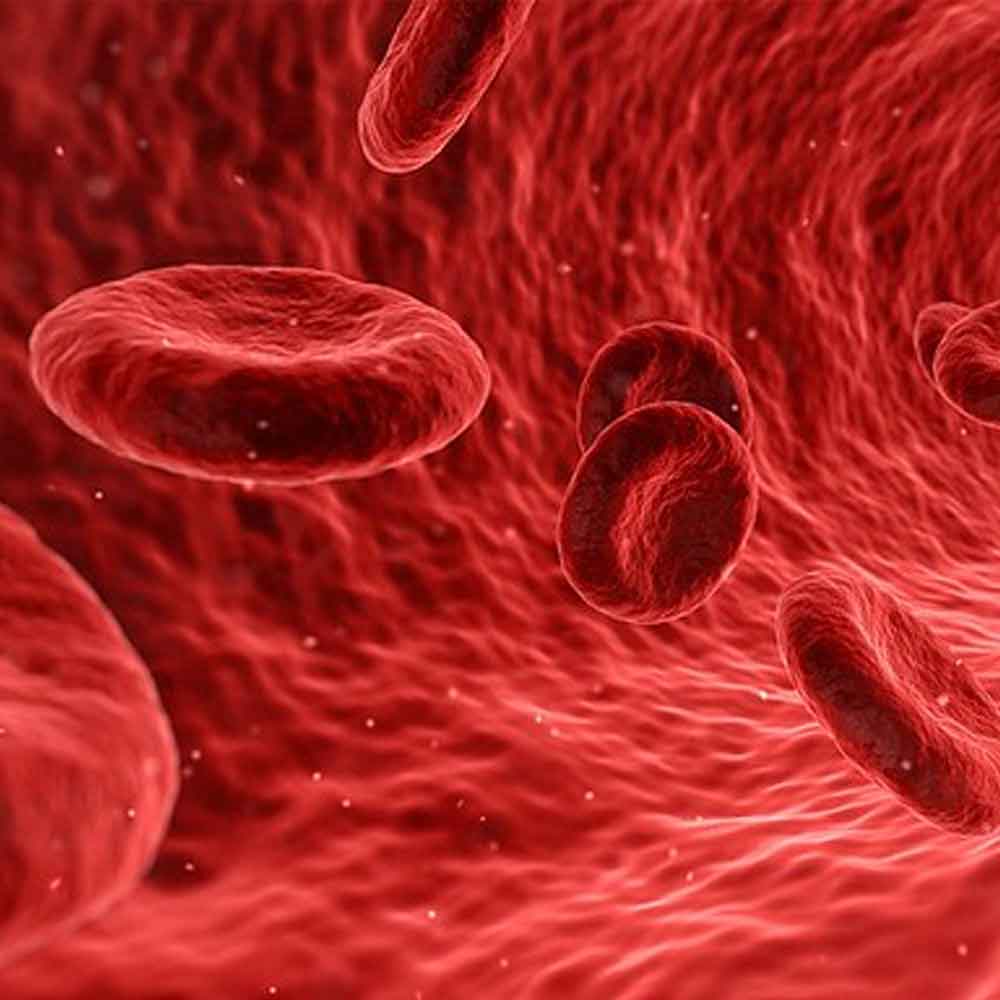Menstrual blood is a long-overlooked source of medical data, but a new technique created at ETH Zurich is turning it into a potent tool for health monitoring. This cutting-edge technology called MenstruAI, incorporates a non-electronic sensor inside a sanitary towel so that users may analyse biomarkers in their menstrual blood with a smartphone camera and a specific app.

Menstrual blood has up until now been considered waste. There are hundreds of proteins in menstrual blood, and many of them have concentrations that match those in venous blood. These include biomarkers associated with inflammatory disorders and cancers, such as CA-125, which is connected to endometriosis and ovarian cancer, carcinoembryonic antigen (CEA), which is frequently high in cancer, and C-reactive protein (CRP), which is a general indicator of inflammation.

A paper-based test strip, which is conceptually comparable to quick COVID-19 testing, is the foundation of MenstruAI. It analyses menstrual blood instead of saliva. The test strip, which is housed in a tiny silicone chamber within the pad, changes colour in response to particular proteins; the darker the colour, the higher the biomarker concentration.
Users only need to put the pad on and use a smartphone to snap a picture of the used sensor. With the use of machine learning, the MenstruAI software examines the picture to identify even minute variations in colour intensity and converts them into understandable health information.
The team is getting ready for a bigger field research with more than 100 people to evaluate the technology in real-world settings after a successful feasibility study. To ensure clinical relevance and accuracy, researchers will evaluate how biomarker concentrations differ between people and throughout the menstrual cycle.
MenstruAI can warn users of alarming biomarker levels and urge them to consult a doctor, even if it cannot provide conclusive diagnoses. It might eventually facilitate long-term health monitoring as well, assisting people in identifying patterns and comprehending physical changes. To guarantee that women's health finally receives the attention it deserves, bold initiatives are needed to disrupt ingrained behavioural patterns.
Image source: Advanced Science news, Newatlas